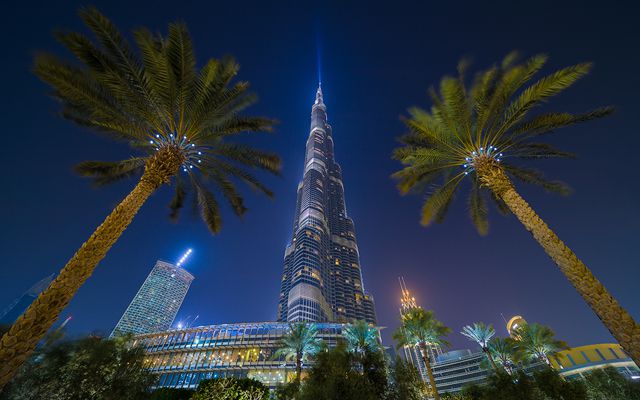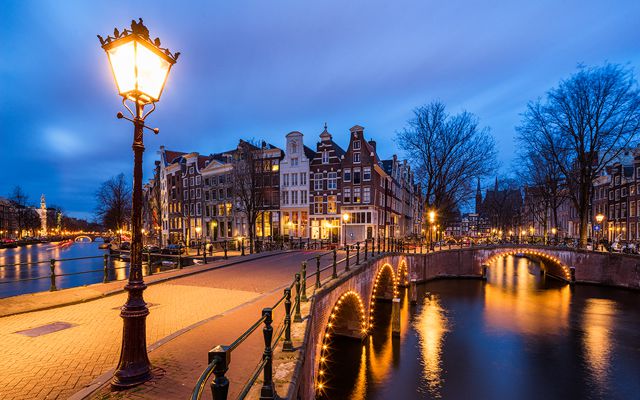Morning at the wooden bridges in Bokod
One of the places I really have to revisit is the wooden bridges at the fisherman’s houses in Bokod in Hungary. They are like made to be a perfect photo subject. I took this photo in late 2017 while stopping there for one day. The weather was not the best, as the sky was very bland, even for the sunrise. Still, few photos turned out alright.
This one, is a single exposure, taken with a 10stop ND filter. The bridges make the view looking very wide, even if this is only taken at 25mm.

















